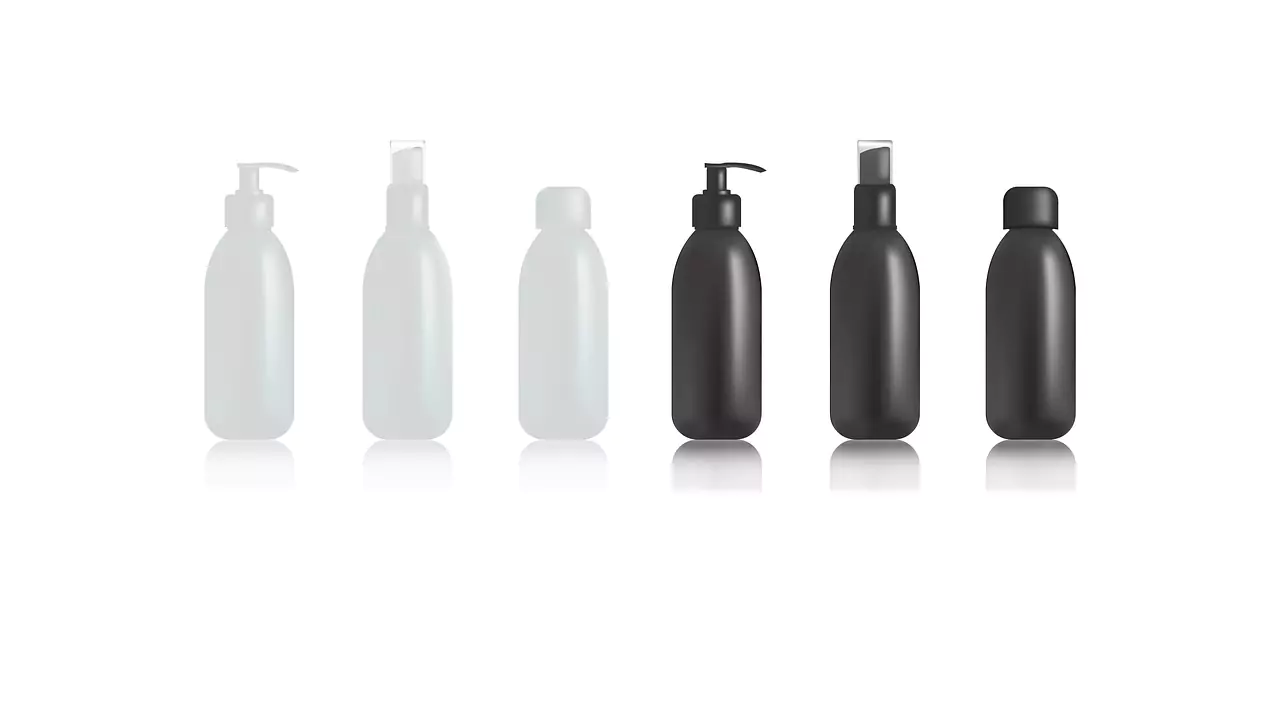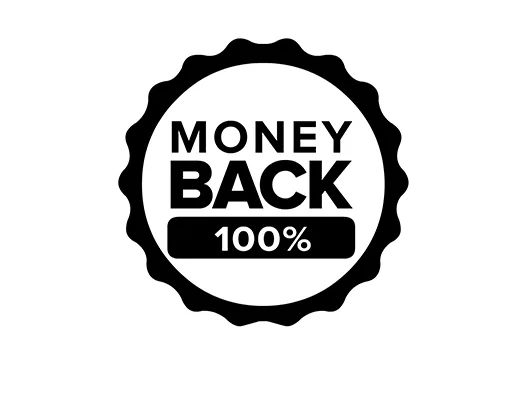Jump To the Part You Need
Pre-Quality Control Product Costing SystemQuality Control Plan Easier Quality Control Controlling Quality In LogisticsDemand Planning
Pre-Quality Control: Reviewing Your Production Line
The manufacturing and retail industry is globally competitive and OEM companies need to continuously aim for their top performance to keep in line with fellow competitors. They can only do this if their production line is well-enhanced to suit the demands of much smarter consumers in a market with constant changes.
This is the reason why production line assessment is very instrumental to everything we do as a sourcing company as it will not only make work more efficient for our suppliers but it also helps improve service quality and the quality of our products.
We have already defined production line measures we follow in our company as discussed in the introductory blog series on production line assessment. The company makes sure the suppliers and manufacturers we are working with follow an optimized production process known as “Lean Operations” in the industry.
Our intervention in the entire process is limited to show trust to our supplier/manufacturers but we are entirely hands-on when it comes to assessment to make sure we got all aspects of the production line covered.
Sourcing companies and cut and sew manufacturers can save lots of time and money with the right production line approach. The efficiency achieved through an enhanced factory production line allows better returns with fewer handovers because of a well-assessed system.
Productivity also gets maximized which means more units are produced at the least time required allowing the company to save money from salaries and get the most out of their employees. Production line assessment also detects possible issues to make sure products pass standards during the quality control process.
Production Line Assessment Tools
There are different tools available which help companies conduct production line assessment. Aside from technological equipment, these tools also come as methods and metrics which can enhance the productivity and reliability of the manufacturing production line.
The most popular method practiced by OEM manufacturing companies is Total Productive Maintenance (TPM) as a tool to maintain and improve the production line. This method has derived 2 standardized operations performance metrics: Overall Equipment Effectiveness (OEE) and Overall Resource Effectiveness (ORE). These metrics allow OEM companies to benchmark against competitors in a highly competitive industry.
1. Overall Equipment Effectiveness (OEE)
OEE is a standardized performance metric which identifies six major components as factors for ineffective production line performance which can affect its availability, performance and quality rate of the output. These components are (1) equipment failure (2) process failure (3) idle time (4) reduced speed (5) equipment defects and (6) reduced yields. The formula to calculate OEE is as follows;
Overall Equipment Effectiveness (OEE) = Availability (A) x Performance (P) x Quality (Q)
Availability (A) = Actual running time / Planned machine production time
Performance (P) = (Cycle time/unit x Actual Output) / Actual running time
Quality (Q) = (Total Production – Defect) / Total production
OEE helps indicate the difference between the initial and current performance of a system or manufacturing unit. This metric focuses on the performance and productivity of equipment used in the production process ignoring other factors such as labor and material usage.
2. Overall Resource Effectiveness (ORE)
ORE is basically the modified version of the OEE which is more useful to most OEM companies which don’t heavily rely on types of machinery and equipment for their production process. This metric identifies other components aside from the six considered by the OEE which are (1) readiness (2) availability of facility (3) changeover efficiency (4) availability of materials and (5) manpower availability. The formula to calculate ORE is as follows;
Overall Resource Effectiveness (ORE) = Readiness (R) x Availability of Facility (Af) x Changeover Efficiency (C) x Availability of Material (Am) x Availability of Manpower (Amp) x Performance (P) x Quality (Q)
Both metrics are proven to be effective to use in measuring a production line. However, the main factor you need to consider in picking a metric to use is to identify the type of losses which affect your production line performance. These losses can vary for production lines even if they are in the same industry.
The Importance of these Metrics as Tools
Measuring the effectiveness of a production line is important so you’d be able to assess all aspects of it. This process will help you determine which part of it needs improvement and which factor is doing you great. These metrics as tools will let you maximize your production line to its possible maximum effectivity for the benefit of your clients and company, with or without a quality assurance specialist.
Establishing a Product Costing System to Choose the Best Parts
The product price will always be a determining factor whether the consumer buys a product or not. This is the reason why companies are very critical of their product costing system and make sure the prices they come up with, justify the quality of their products, including the demand of their products in the market today.
Having a too expensive price would not translate success for the product while selling it a much cheaper price would also mean a loss for the company. Getting the right price through the established product costing system will solve this issue.
In our introductory blog series on product costing system, we gave you a basic overview on how to establish a product costing system for your company. We gave away the standard formula on how to calculate for product costs and identify components of a product costing system.
In this blog post, we look at different product costing systems used by manufacturing companies today and the specifications why they could be perfect for your OEM company or product development company.
Two of the most common product costing systems used in manufacturing companies are process costing and job order costing. These two product costing systems are very popular because they are based on records with actual or estimated values of the production cost that can easily be translated for product costing.
The values out of these product costing systems can easily be adjusted later as part of the production planning and control. There are also other manufacturing companies who prefer to use a product costing system such as activity-based costing or backflush costing due to certain factors which cannot be covered by the first two product costing systems mentioned above.
Different Product Costing Systems
1. Job Order Costing
This product costing system is commonly used by manufacturers of unique products such as furniture, dressers, boats, and other customized items that aren’t mass produced or each unique to its own. Job order costing is computed by calculating the cost of a unit in a given order. Materials, labor, and overhead costs of each job are listed to find the total value of the order’s production cost then is adjusted for final price with added value for profit.
2. Process Costing
This product costing system is usually used by companies who are into mass production of similar products. Instead of calculating production costs per order, process costing calculates production costs per production process. Since materials, labor and overhead costs are constants for each product then it is easier for manufacturing companies to use this product costing system.
3. Backflush Product Costing System
Backflush costing is a product costing system perfect for companies utilizing the just-in-time (JIT) inventory system. In this scenario, inventories are only sent by clients to the manufacturing company when needed. The product costing system is much simpler with this production planning system because a lot of factors are eliminated in the process. The product costing system only focuses on labor and overhead costs after manufacturing the finished product upon receiving the inventory.
4. Activity-Based Product Costing System
This product costing system is a complex version of the traditional one as several bases known as cost drivers would come into play. If the production planning and control involve several manufacturing processes then all these processes are put into consideration as separate bases with each one accumulating different costs.
There are a lot more product costing systems in the world of OEM but the ones mentioned above are most commonly used. You can choose one and modify it according to your company’s needs as part of your production planning management. Simply make sure your modified formula is just and fair for consumers to keep a decent foothold in the market.
The Right Way to Implement a Quality Control Plan
The entire quality control plan is complex but, fortunately, there are tools which can make the quality control plan a lot easier to implement such as statistical process control monitors, predictive analytics manufacturing and other trackers which record statistics and production metrics. These tools assist quality control plan officers in identifying issues and solve them before products reach the consumers.
Common Mistakes in Quality Control Plan Implementation
The quality control plan is implemented at the end of the production process (before the products are taken out of the facility). A common error in the quality control plan implementation is when QA officers tend to get too excited for their company’s products wherein they are no longer keen in checking quality standards of products and may overlook certain issues such as packaging problems, product defects and a lot more.
Another common issue in quality control plan implementation is the lack of documented guidelines for standards protocol. This factor can become a reason for manufacturing inconsistencies most especially when a production line is supervised by multiple QA officers.
2 levels of quality control:
- The quality control plan should be proactive in monitoring the manufacturing process and help check for inconsistencies instead of simply waiting on the bottom end of the production line.
- Quality control plan officers should have a routine of checking quality and design of all the products, so solutions can right away be applied in case problems arise.
Quality Control Plan Implementation
As mentioned above, the need to document a concrete quality control plan is the first step of quality control implementation. You must set standards your company expects to follow which include:
- Quality standards of each product
- Choosing a quality control method
- Setting the number of products to be tested
- Organizing a quality control team
- Reporting system for defects and issues
Once the following items are already set, you need to establish different procedures for products with issues or defects. Ask yourself whether you should reject defective products or will there be repair work involved to correct these products.
You must also check your production line and look for aspects which you can improve on to avoid defects and issues on your products in the future.
Determining the right way towards quality control plan implementation and avoiding the usual mistakes is a good start for your quality control program. Getting a hand on the right tools and software will also be necessary for proper quality control implementation.
If you have all the requirements covered, then it rests assured your products will be of the right standard once your customers are able to purchase them.
Use Intermediary Services To Leverage Easier Quality Control
We conclude the biggest draw why our clients take advantage of our intermediary services is because our intermediary services help them save a lot of money and at the same time making the entire product management convenient on their end.
How do intermediary services impact your business budget positively?
Outsourcing companies like us oversee dealing with suppliers and manufacturers and even sort out payments from our clients to them for their services. As the middleman, we get to become close with 3rd party service providers compared to our clients’ relationships with them.
Due to this development, we are in a position to haggle for their rates and ask for the lowest price possible without compensating the quality of their service.
Aside from discounts and getting the most budget-friendly package out of suppliers and manufacturers, we are also privileged to provide different payment methods convenient for supplier and manufacturers to take as a part of our plastics manufacturing solution, electronics manufacturing solution and garments manufacturing solution.
This is a great advantage for clients because the outsourcing company can quickly react and hold money with flexibility. We can easily decide and take actions in case things go awry and the money flow from client to supplier/manufacturer would not get affected. This advantage will not only make sure finances are well kept but also help avoid potential losses through unwanted expenses.
Marketing Benefits
The biggest advantage of our intermediary services for our clients is our capability to create marketing resources are readily available due to our connections and partners within the industry. If clients tend to do it on their own, then it could possibly take years and lots of money before they are able to find the right marketing resources they want to work with.
These marketing resources are also used as part of our post-production services. With more marketing avenues, it would be easier for our clients to introduce and sell their products to the right market without spending much on advertising.
Bottomline: Intermediary Services Help Save Money
The impact of intermediary services on a production or retail business goes beyond basic intermediary because of its cost-cutting advantages. The advantages are often overlooked by most clients, but they would eventually understand the privileges once they are into business with a sourcing company on their side.
Controlling Quality In Logistics
Proper packaging and transportation of goods have always been a big part of supply chain logistics management. They are considered early on to make sure product delivery goes on smoothly and the product will reach the customer’s hands on time.
The quality control team also play its part by double checking loading procedures and make sure they are well implemented. Both the QC team and logistics management team are also responsible for assessing whether container loading is okay in terms of humidity, insects and other factors which may affect product quality.
Transportation and Warehousing
Due to technological advancements, consumer expectations and standards have steadily gone up. Social media and the internet have also become tools for OEM companies in the manufacturing industry which caused consumers to react rightfully. Better product quality and most especially faster product delivery are always expected out of OEM companies.
However, things don’t come automatically for OEM companies despite technological advancements and the internet. There must be new logistics management strategies learned and perhaps current strategies need to be modified to satisfy these growing consumer expectations and eliminate damaged products from transportation. Factors such as physical location of warehouses and software implementation to handle purchases and monitor requests should be considered tightly.
All these processes and methods are integral parts of logistics management in which transportation and warehousing are highlighted for quality service and end-user satisfaction. The chances of having damaged products due to transportation and loading will be minimized with proper logistics management.
Delivering the Right Product on Time
Supply chain logistics management is always evolving to meet consumer expectations and demands. These days, consumers order items and they expect it to arrive in a matter of 1-2 days. Gone are the days when expected delivery times would reach at least a week.
Due to these changes, OEM companies must adjust their logistics management to fulfill orders and quickly ship items through reliable courier services will assure orders are received on time. The overall costs for transporting items including courier and shipping services must also be kept at a minimum to keep the business feasible.
You would not want to increase transportation expenses because this factor would impact overall costs of product manufacturing negatively. Delivery time and as well as keeping products safe and undamaged during loading and transportation are always major concerns for logistics management of custom retail packaging companies.
Demand Planning Helps You Better Prepare For Production
Demand Planning and Forecasting to Reduce Bottlenecsk
1. Meeting Objectives
Any supply chain company starts with objectives in mind and demand forecasting in supply chain helps fulfill these objectives. Demand planning and forecasting establish the demand for the products the company is going to release and will help predict its performance in the market.
If the demand for a product is low, then the company will have the right to control the number of units to produce in accordance with the low demand. They will only increase production once the demand goes up or if the product gets a positive reception from consumers.
2. Setting the Budget
Once the product demand forecasting report is in, you can now easily adjust or tweak the budget for the project whether to increase it for more quantity or lessen the budget and simply produce a right number of units according to the demand.
3. Demand Planning and Forecasting Stabilizes Production Line
Major products with a huge demand in the market according to the demand planning and forecasting report require sufficient production staff to keep up with manufacturing speed. However, products with average or low demand in the market require adequate production staff.
Retail demand forecasting helps in establishing the production line needed for a certain product which includes the number of employees and tools required for the production whether the company has the luxury to pay for automation tools or take the manual route.
4. Prepare for Expansions
Demand planning and forecasting can dictate if the business is bound for an expansion or not. If the current demand is way too high wherein the budget cannot comply, then it is expected an expansion should be done in the next batch of production. Without demand planning and forecasting, this information would come as a surprise wherein the company could not respond at the right moment.
5. Performance Evaluation
Demand planning and forecasting is never 100% accurate but can always provide a higher probability of the outcome of a product campaign. With demand forecasting in supply chain reports, the company can be able to evaluate its performance in advance and can plan for predictive steps moving forward.
There would be no need to rush up on things since plans are already on board and abrupt changes can right away be applied depending on the actual performance of the product campaign. This factor makes demand planning and forecasting so instrumental.









